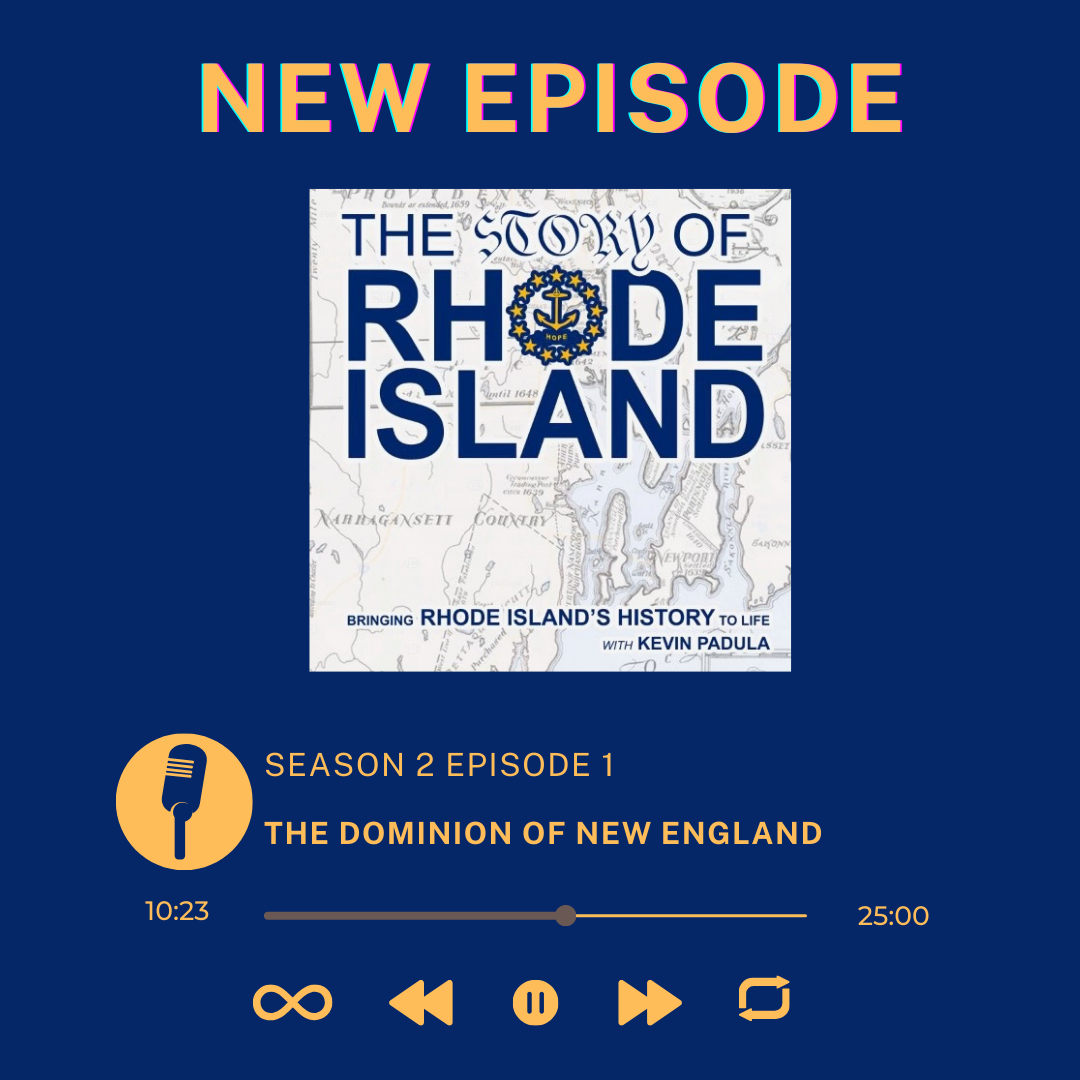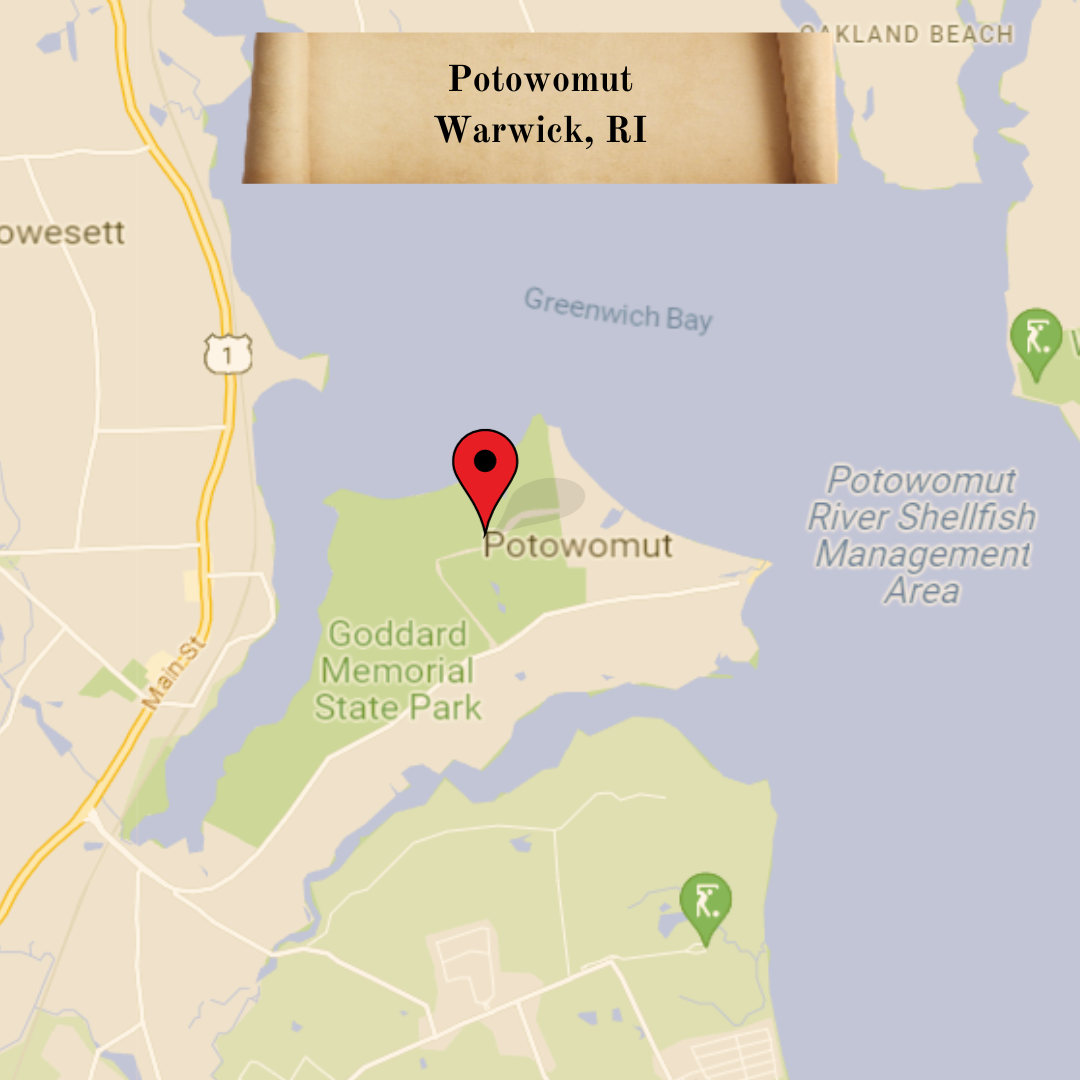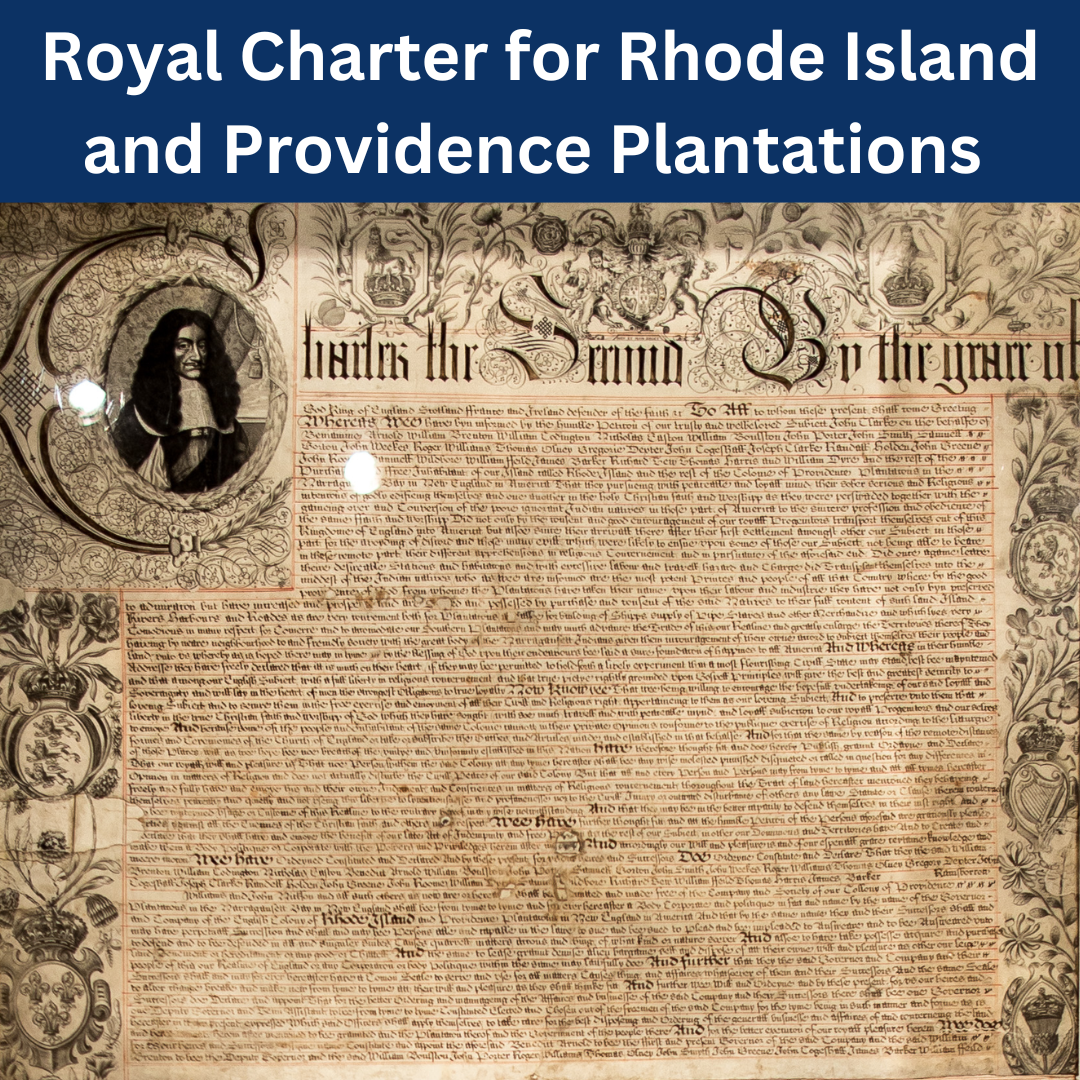Rhode Island watches its charter be revoked and loses its status as its own seperate colony as it is merged into the Dominion of New England.
22 minutes | 1685 - 1689
Hear About:
📜The tension that arose in Rhode Island when it had its charter revoked and lost its status as its own seperate colony.
📜James Greene, the first englishman who settled in Potowomut and a man whose descendants will play a pivotal role in American history.
📜The short lived French settlement (frenchtown) that existed from 1686 - 1689.

Francis Brinley
James Greene
The first Englishman to settle in Potowomut and a man whose great-grandson will help save the American Revolution from coming to an end.
Frenchtown Settlers
A group of industrious Huguenots who attempt to build a settlement in East Greenwich only to find out that the people they purchased their land from didn't actually own it.
-1.png)
White Horse Tavern | Newport, RI
In 1652, Francis Brinley built a home at the intersection of Farewell and Marlborough Street in Newport. A couple of decades later her sold that home to William Mayes, a man who turned it into a tavern in 1687. By 1730 it became known as The White Horse Tavern, a name that it still goes by today. The White Horse Tavern is the “oldest operating restaurant in the U.S.” and the 10th oldest in the world.


The families built their homes around where Camp Fogarty stands today

Image credits: History of East Greenwich, Rhode Island, 1677-1960 by Martha R. McPartland (Author), S. Jerome Hoxie (Illustrator)
Frenchtown Settlement | East Greenwich, RI
To the west of present day route 2 just south of Frenchtown road once stood a small French settlement in East Greenwich. the land was first purchased in 1686 and by the Spring of 1687, the French Protestants were on their way towards completing a thriving little settlement - a "Frenchtown" - right around present day Camp Fogarty. Unfortunately, the Huguenots eventually realized that the Atherton Company didn’t actually own the land they sold to them, and that the people of East Greenwich were furious that part of their land was sold off without their consent. Over the next few years, the French settlers were slowly dispossessed of their land until they were forced to abandon their settlement completely in 1691. The only remnants of the “Frenchtown” in East Greenwich is a street that bears that name along with a few other streets that were named after the settlers who once lived in the area.

Potowomut | Warwick, RI
Long before Europeans settled on the land that now makes up Rhode Island, an indigenous tribe known as the Potowomut (tributary tribe of the Narragansett Nation) lived on the western shores of Narragansett Bay. In 1654, the Potowomut Tribe sold their land to a group of Rhode Islanders as they were struggling through an economic depression. Then, in 1684, James Greene became the first Englishmen to actually settle in Potowomut when he built a house and forge on the Potowomut River. Greene's descendants will end up playing a critical role in not only Rhode Island history but American history as well.

Rhode Island never physically lost its charter during the Dominion of New England
Although Rhode Island's charter was revoked in 1686, the leaders of their colony hid the physical document so that Governor Andros couldn't confiscate it. When news of the Dominion being disbanded made it to America in 1689, Governor Andros was removed from power and Rhode Island brought its charter out of hiding.

Governor Sir Edmund Andros was imprisoned in Newport
Short after the Dominion of New England collapsed, Governor Andros was improsoned in Boston. However, he eventually escaped from prison and attempted to find refuge in Newport where a minority of royalists lived. Unfortunately, that proved to be a bad move as he was promptly thrown in jail yet again.
Photo credit: Wikimedia, Frederick Stone Batcheller (1837-1889) - Original photo by Kzirkel
- Rhode Island's Founders: From Settlement to Statehood by Patrick T. Conley
- A History of the Narragansett Tribe of Rhode Island by Robert A. Geake
- Rhode Island: A History by William G. McLoughlin
- Colonial Rhode Island: A History by Sydney V. James
- History of East Greenwich, Rhode Island, 1677-1960: With related genealogy by Martha R. McPartland (Author), S. Jerome Hoxie (Illustrator)
- Early Rhode Island Settlers by Rhode Island Genealogy
- The Tavern in Colonial America by Steven Struzinski